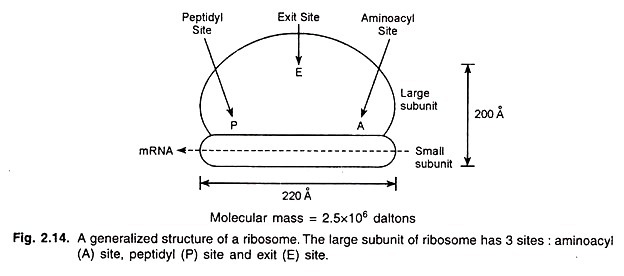ADVERTISEMENTS:
A biosphere reserve is a protected area in which multiple use of land is permitted by dividing it into zones, each for a particular activity.
This area is meant for preserving genetic diversity in representative ecosystems (of natural biomes and biological communities) by protecting wild populations, traditional life style of tribals and domesticated plant/animal genetic resources.
Under the programme MAB (Mand and Biosphere) of UNESCO creation of biosphere reserve was initiated in the year 1975.
ADVERTISEMENTS:
The number of biosphere reserves established in 94 countries till May 2002 was 408. In India, 18 biosphere reserves have been set up by now (Fig. 8.1). and four of those are recognised as world heritage sites. Nanda Devi, Sunder bans, Nilgiri and Gulf of Manar.
A biosphere reserve is divided into three zones: Core, buffer and manipulation.
(i) Core Zone:
ADVERTISEMENTS:
In core or natural zone human activity is not allowed. This area is legally protected and undisturbed ecosystem.
(ii) Buffer zone:
The immediate surrounding area of core zone is buffer zone. Here limited human activities live like research, education and research strategy is permitted.
(iii) Manipulation zone:
Manipulation or transition zone is the outermost or peripheral area of biosphere reserve. With the cooperation of reserve management and local people several human activities like settlements, cropping, recreation, and forestry are carried out without disturbing the environment. Buffer zone has different parts like forestry, agriculture, tourism and restoration regions. Through the restoration activities selected degraded area called restoration region is restored to natural form.
Importance of Biosphere Reserve:
1. Conservation:
Biosphere reserves conserve genetic resources, species, ecosystems and landscapes without uprooting inhabitants. Rather the traditional life style and traditional resources of the local people are maintained.
2. Development:
ADVERTISEMENTS:
Sustainable economic, cultural, social and ecological developments are ensured.
3. Restoration:
Biosphere reserve helps to rebuild any damage caused to ecosystems and habitats.
4. Education and Research:
ADVERTISEMENTS:
Biosphere reserve provides a lot of scientific information for specific scientific studies and research. Exchange of information on restoration, conservation and development of biosphere can be made at national and international levels.
Man and Biosphere Programme (MAB programme):
It was first started by UNESCO (United Nations Educational Scientific and Cultural Organisation) in 1971. This international biological programme was later introduced in India in 1986. MAB aims at studying the environment of human being, human interference and pollution on the biotic and abiotic components of ecosystems and conservation for the present as well as future.
The main objects of MAB programme are to:
ADVERTISEMENTS:
(a) Conserve representative samples of ecosystem.
(b) Provide long term in situ conservation of genetic diversity.
(c) Provide opportunities for education and training.
(d) Provide appropriate sustainable managements of the living resources.
ADVERTISEMENTS:
(e) Promote infer national co-operation.



